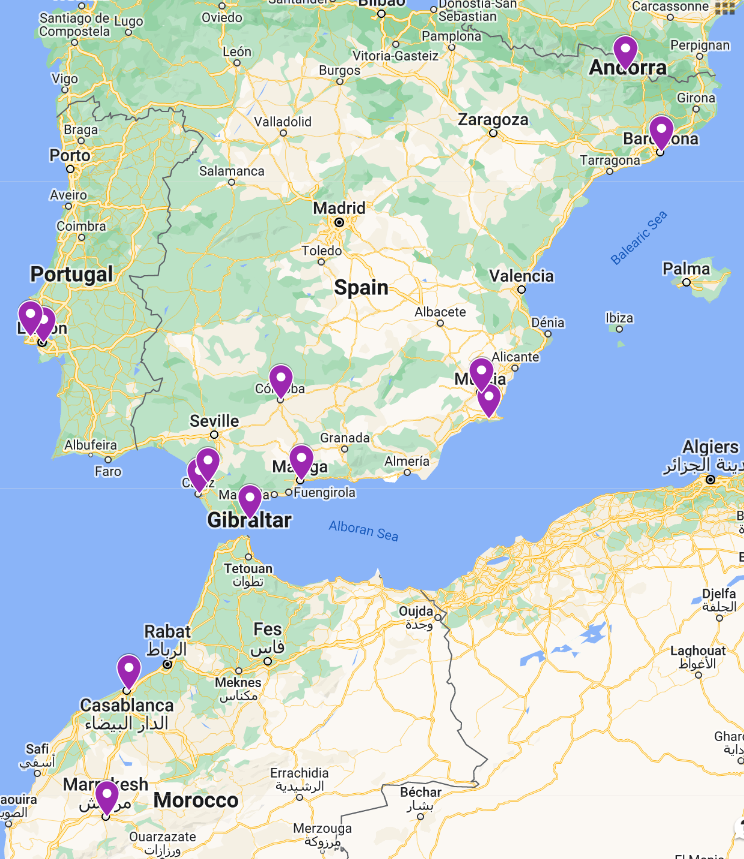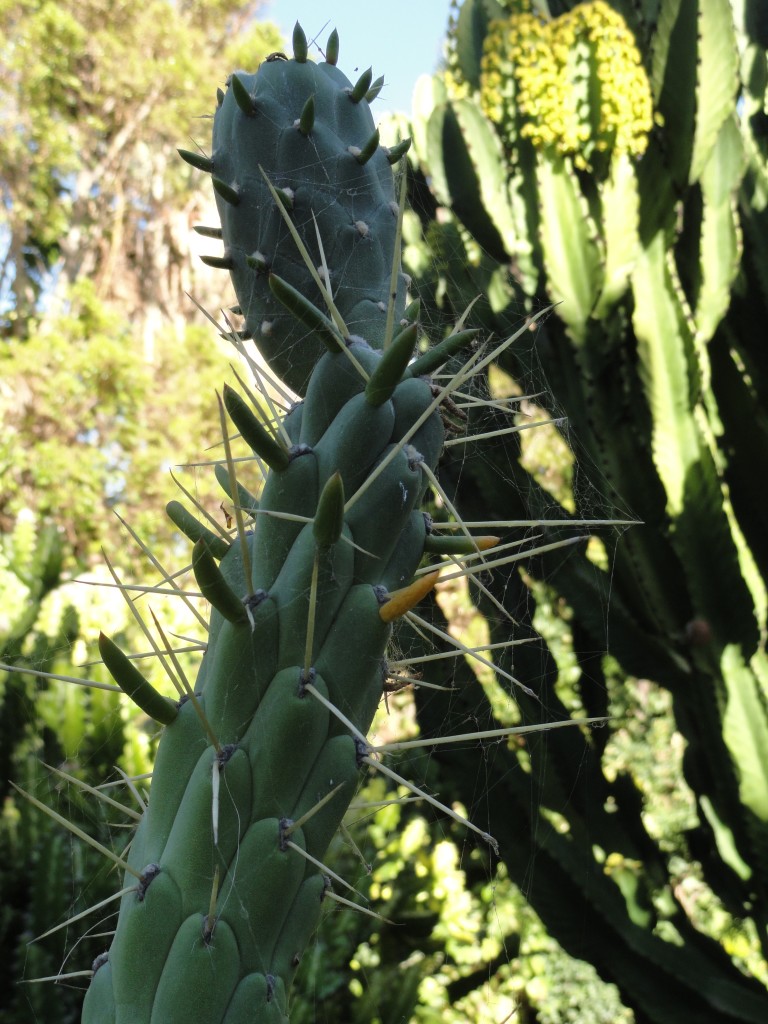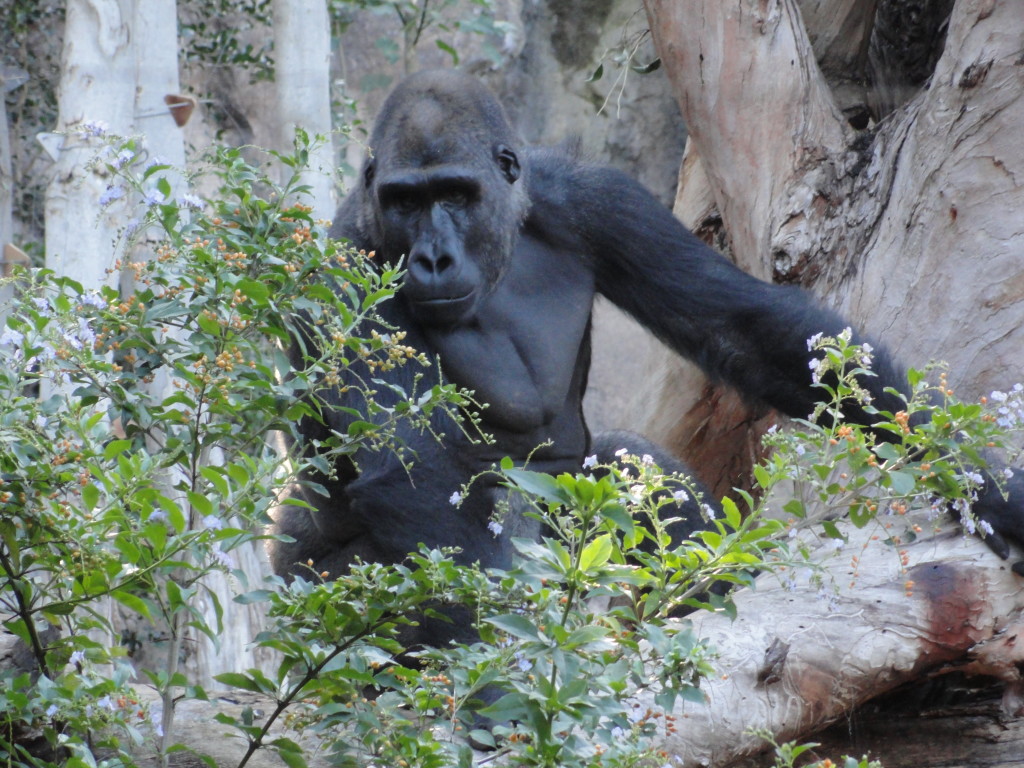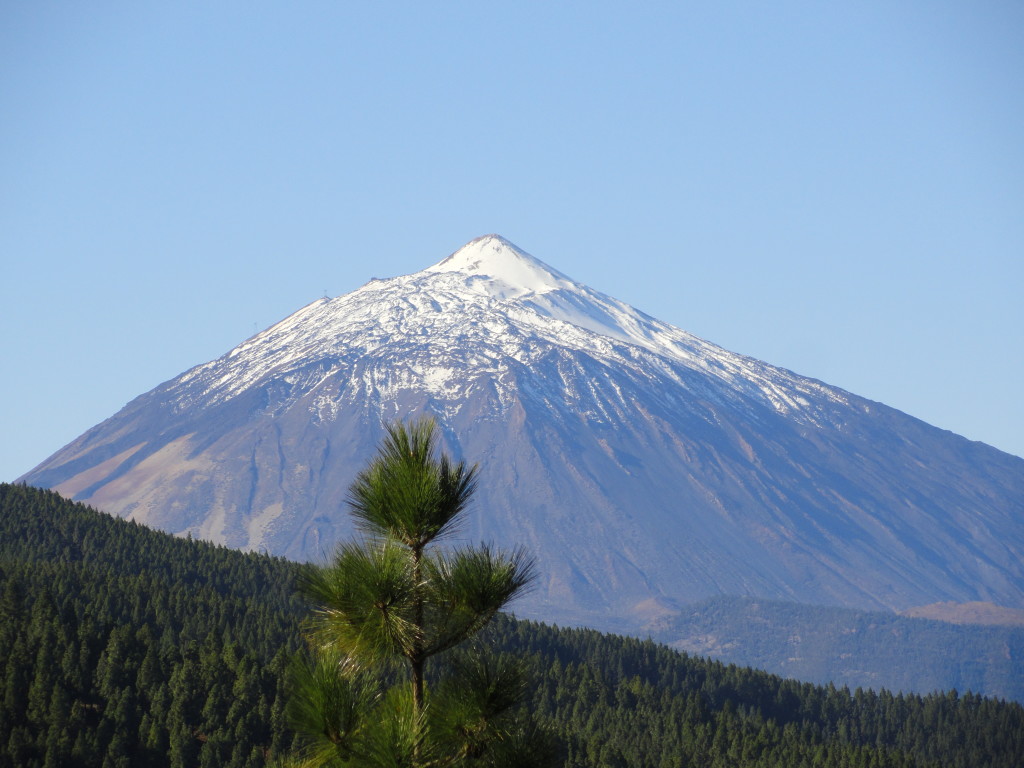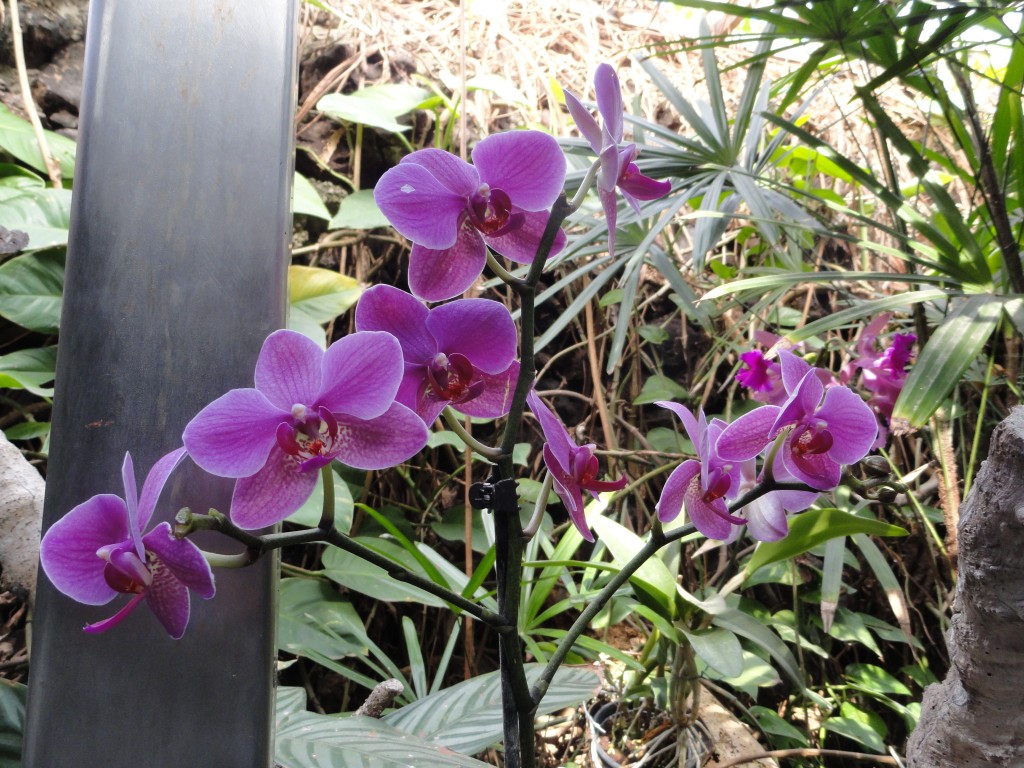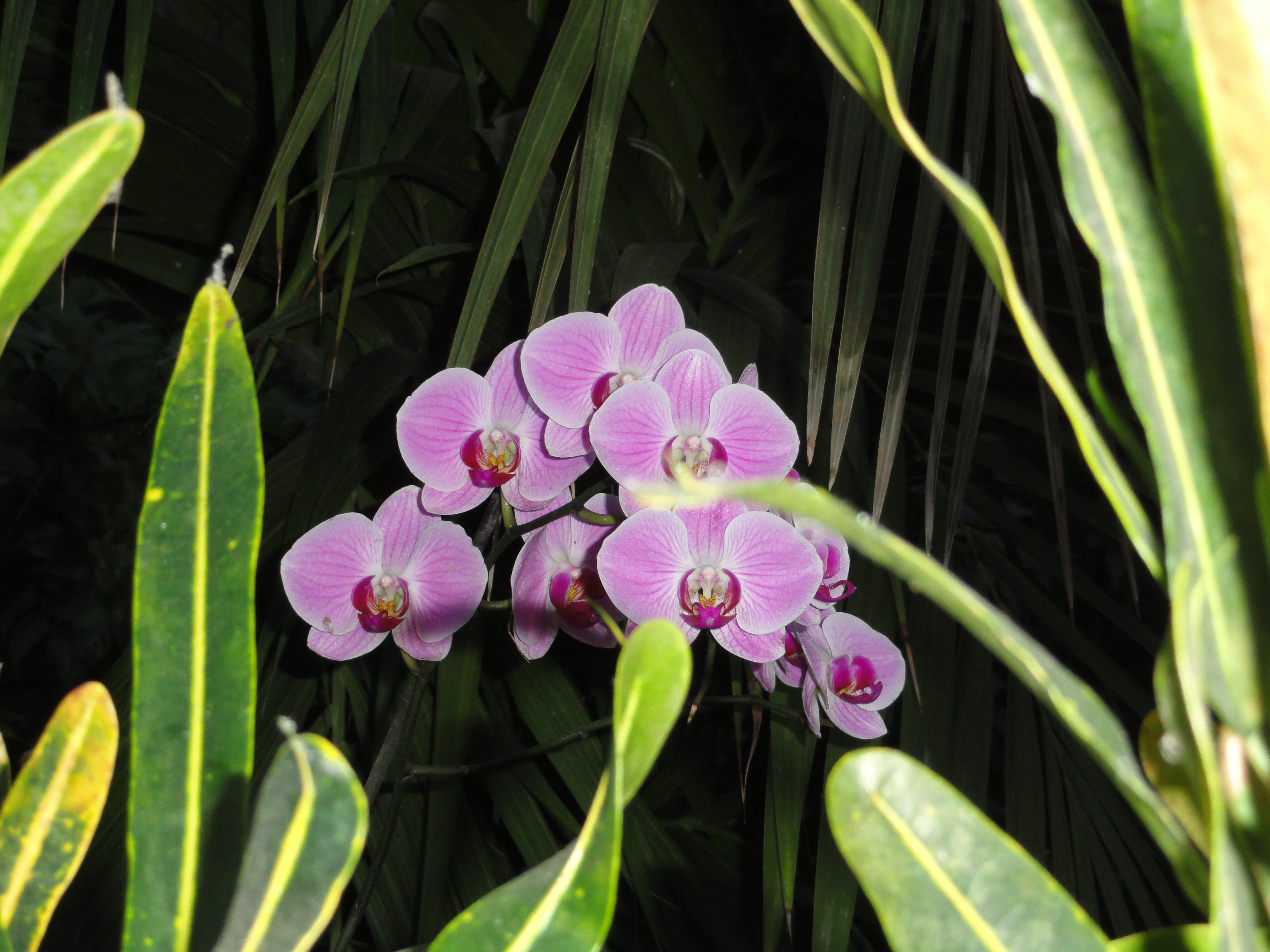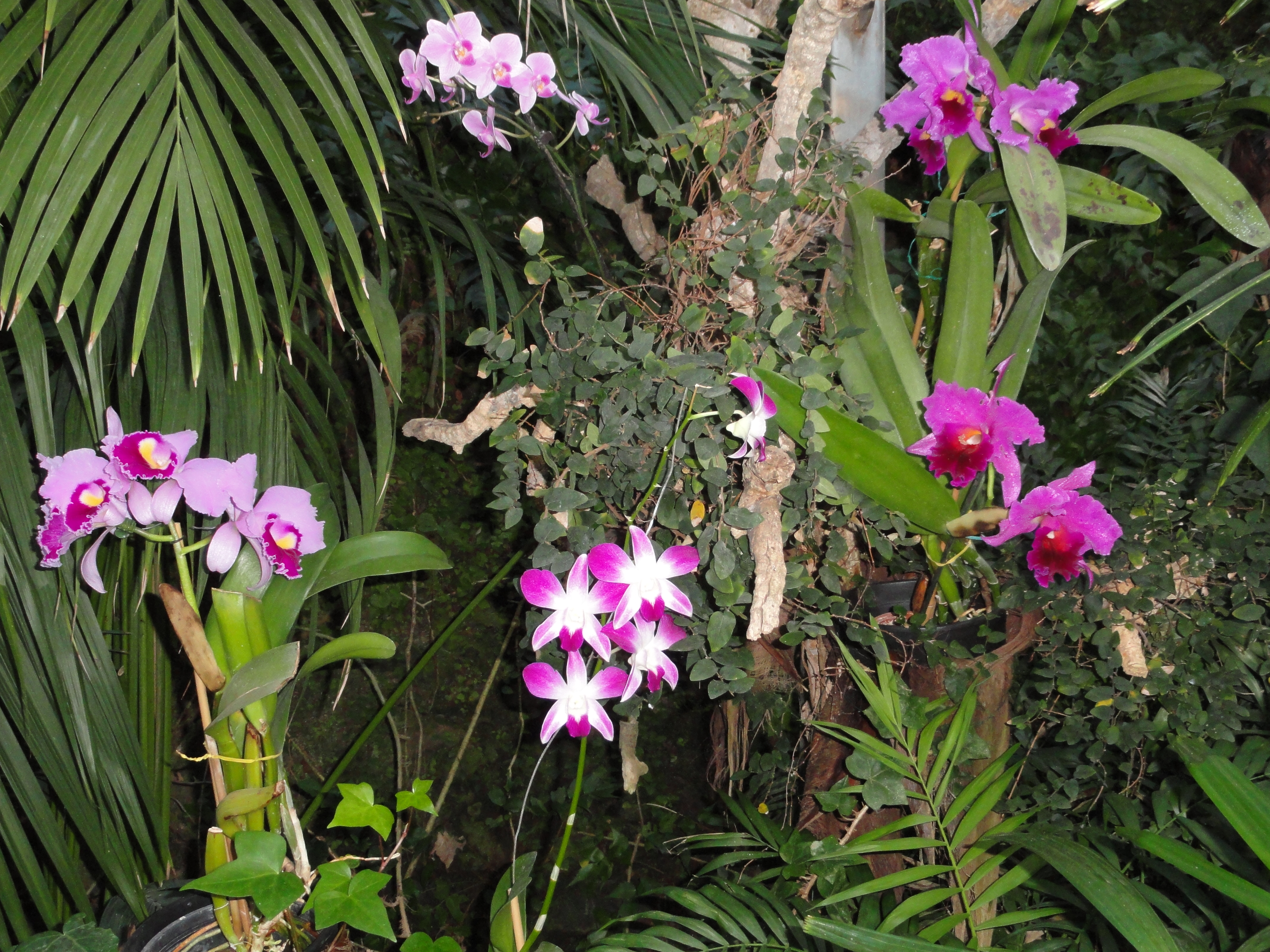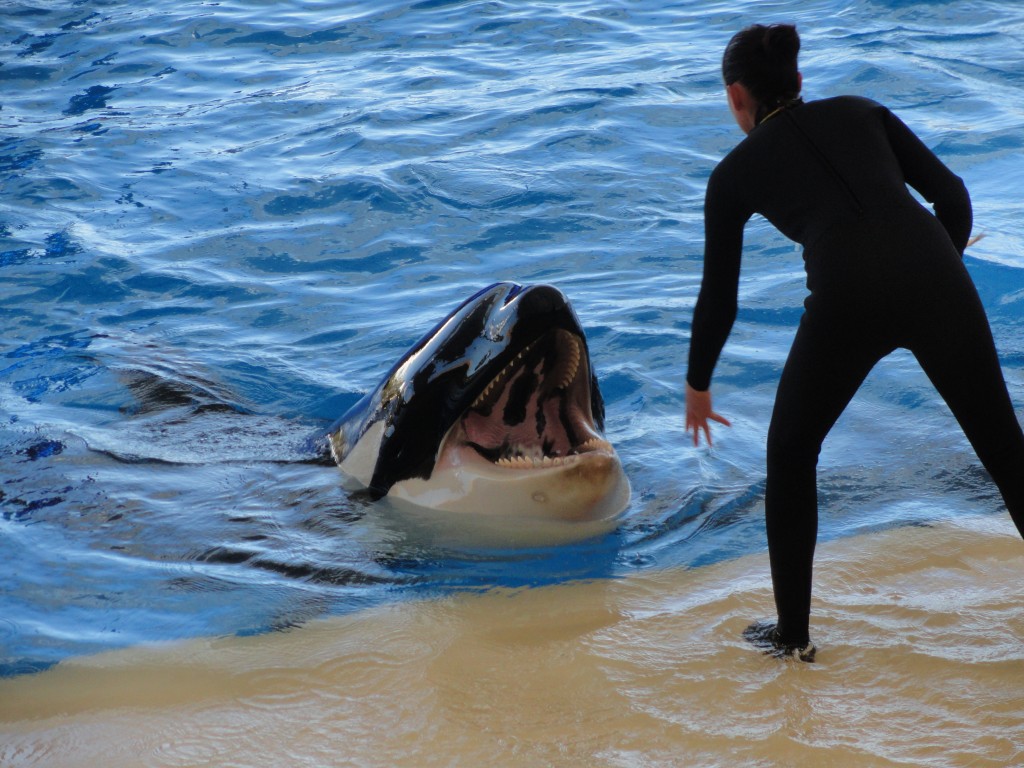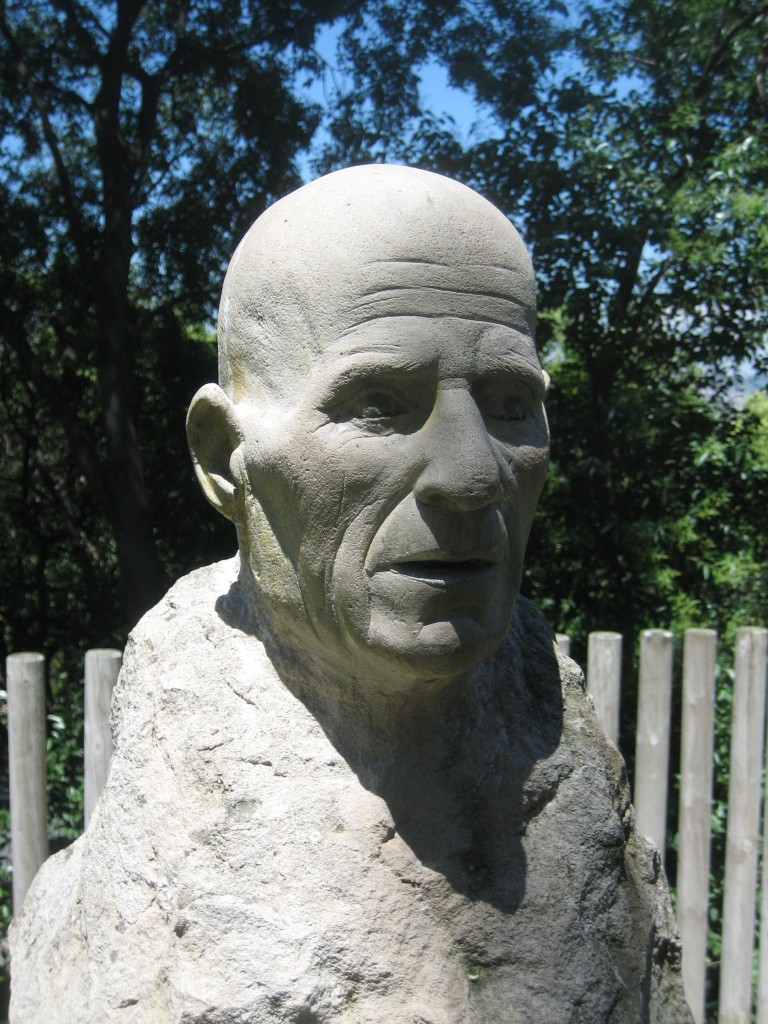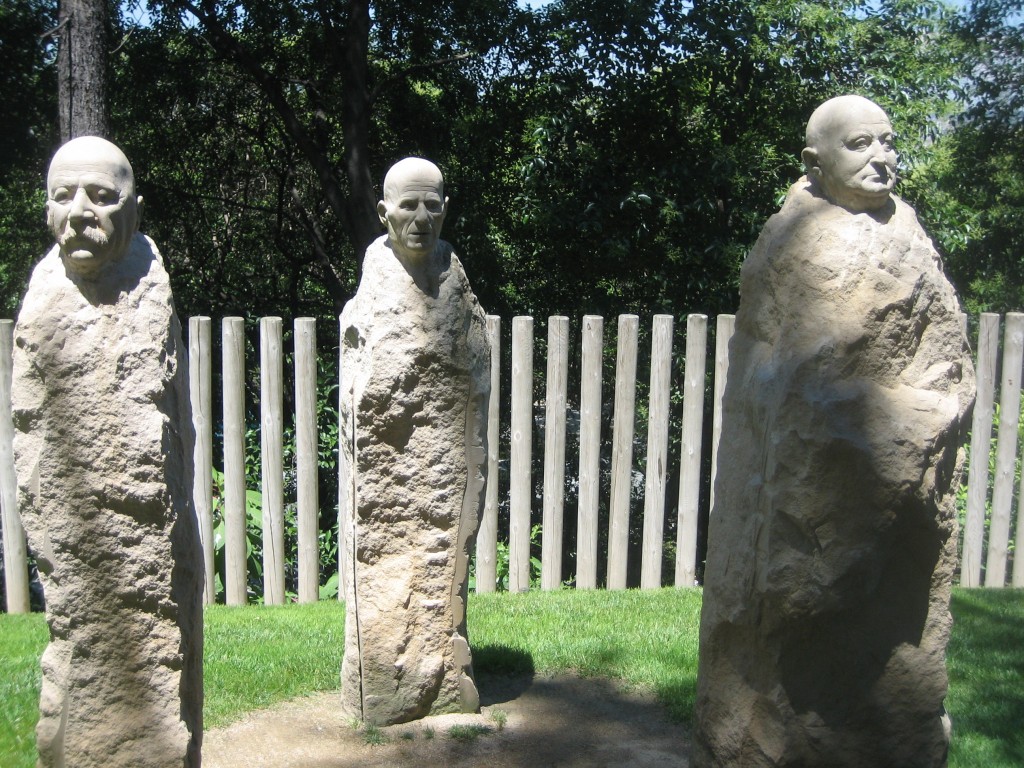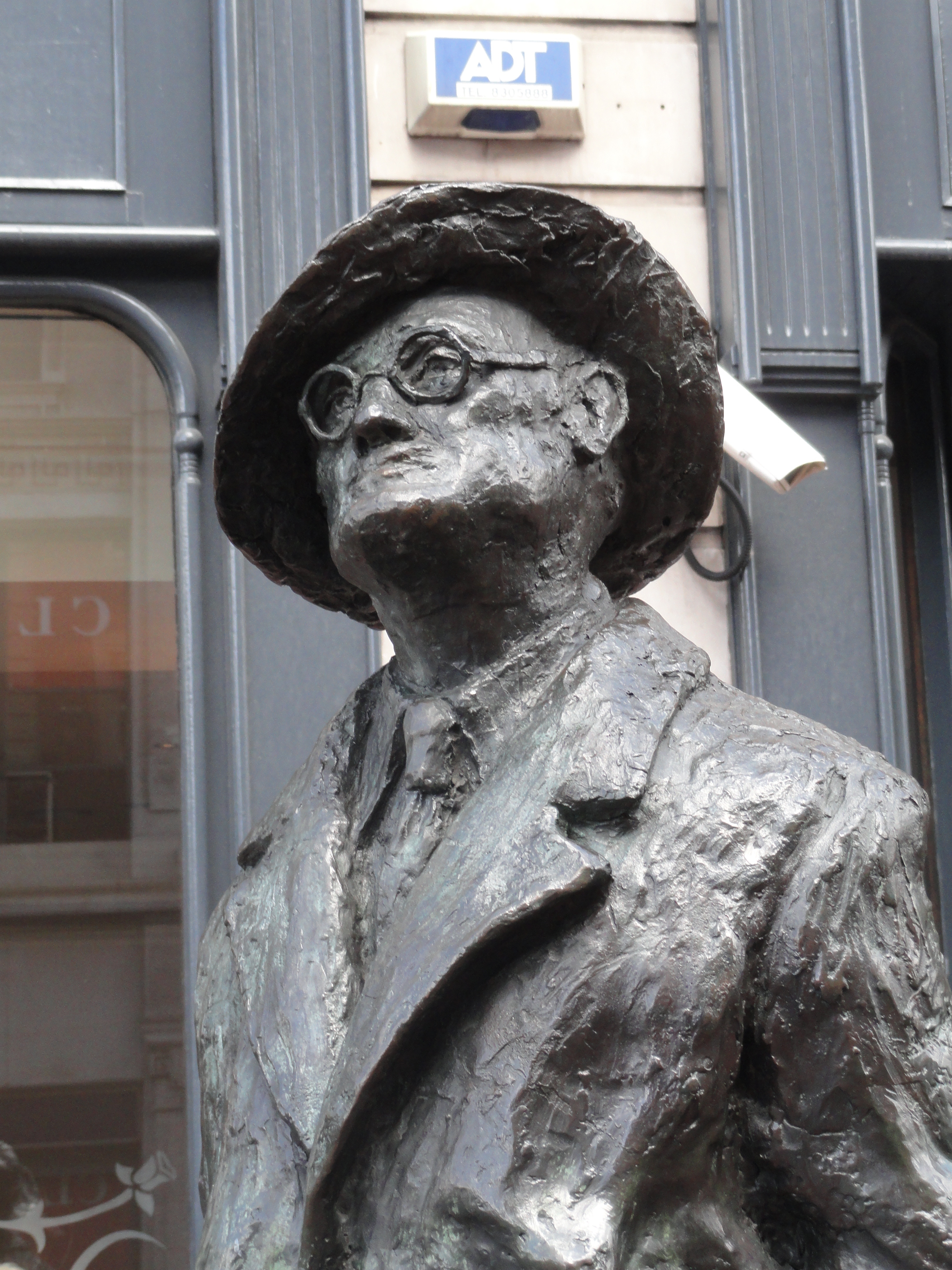As mentioned in the last post, my trip around the Iberian Peninsula ended in Barcelona, the largest city the Catalonia region and the second largest city in all of Spain. But is it actually in Spain? Well, it’s complicated.
Spain is a nation, but it’s also a collection of autonomous communities created in accordance with the Spanish Constitution of 1978. In short, Spaniards were not keen on going through another bout of central control such as they had just done for nearly four decades under the nationalistic dictator Francisco Franco. After his death they tried to have both a country and the freedom for different regions to act on their own. The result is what some call a “federation without federalism,” which is topic others can dive into but I’ll skip. The bottom line is that Catalonia, the region of northeastern Spain that includes Barcelona, is fiercely regionalistic, going so far as to declare themselves independent. Whereas English was fairly commonly used – spoken, on menus, signs, etc. – throughout the trip, Barcelona was a bit less so, especially once leaving the big tourist areas. This was made especially obvious when we ventured down a twisted alley in the El Born neighborhood of Barcelona to eat at a hole-in-the-wall restaurant where the waiter and menu had fewer words of English than I know of Catalan [Hint: Zero].
In any case, we powered through with a lot of pointing and rudimentary Spanish to totally enjoy the visit. One of the highlights of Barcelona was Park Guell (pronounced “Gway”). This was Antoni Gaudi’s exquisite contribution to Barcelona society, a beautiful park that demonstrates why his quirky designs defined Catalan Modernism. He was a big proponent of curvy architecture and the use of mosaics made from cracked ceramics. You’ll see his influence throughout Barcelona, including in the Casas Battlo and Pedrera, and, of course, the Sagrada Familia. I’ll have more photos from other sites as I can get them loaded.
Due to limits of photo uploads on WordPress, I’ll post more photos on my Facebook author page.
[All photos: David J. Kent, 2023]

Lincoln: The Fire of Genius: How Abraham Lincoln’s Commitment to Science and Technology Helped Modernize America is available at booksellers nationwide.
Limited signed copies are available via this website. The book also listed on Goodreads, the database where I keep track of my reading. Click on the “Want to Read” button to put it on your reading list. Please leave a review on Goodreads and Amazon if you like the book.
You also follow my author page on Facebook.
David J. Kent is President of the Lincoln Group of DC and the author of Lincoln: The Fire of Genius: How Abraham Lincoln’s Commitment to Science and Technology Helped Modernize America and Lincoln: The Man Who Saved America.
His previous books include Tesla: The Wizard of Electricity and Edison: The Inventor of the Modern World and two specialty e-books: Nikola Tesla: Renewable Energy Ahead of Its Time and Abraham Lincoln and Nikola Tesla: Connected by Fate.















